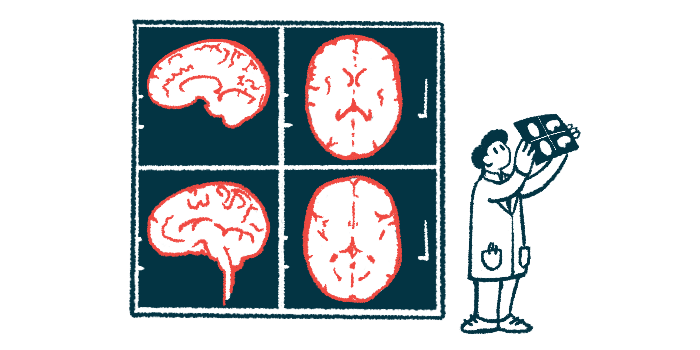Computational model captures multiple sclerosis, genes to organism
Effort aims to offer a picture of the disease at multiple biological scales

An international team of scientists has created a computational model that seeks to give a picture of multiple sclerosis (MS) at multiple biological scales, from tiny molecules to whole cells to organs and its effects on the body overall.
“In this study we have analyzed five levels at once: genes, proteins, cells, parts of the brain, and behaviour … Thus, we have managed to identify which elements of the different levels are related at the biological level,” Jordi Garcia-Ojalvo, PhD, co-author of the study and professor at Universitat Pompeu Fabra Barcelona (UPF), Spain, said in a university press release.
The researchers described the approach in PLOS Computational Biology, in the study, “Multiscale networks in multiple sclerosis.”
In MS, the immune system attacks healthy parts of the brain and spinal cord, leading to nerve damage. Exactly how the disease develops and progresses is not fully understood.
There have been many attempts to capture how MS is associated with abnormal processes at different biological scales. For example, some studies have looked for genetic abnormalities among MS patients while others have looked at changes in immune cells or differences in brain structure. While studying these components can be scientifically useful, in reality these scales are all interconnected: changes in brain structure occur due to cellular activities, governed by molecular and genetic forces.
“In complex diseases, as in society, many things happen at once and they do so on multiple scales and over time,” said Pablo Villoslada, PhD, an associate professor at the UPF and co-author of the study.
Scaling MS
Here, scientists leveraged data from 328 MS patients to build computational models of the disease at five levels of scale: genetic variations (genomics), measures of protein levels and activity (proteomics), differences in immune cell counts (cytomics), imaging tests of the brain and eye, and clinical measures of disability.
The researchers then strung each layer together into a final model that captured how the different layers are connected then used this model to assess relationships between them.
“Our multilayer network analysis allowed us to assess the relationship between different biological scales in the disease and to identify paths linking the five layers (genomics, proteomics, cytomics, imaging and clinical) based on statistical associations,” wrote the researchers, who found one noteworthy discovery from the model — a statistical association linking an MS-related protein called MAPK3 to levels of T-cells (a type of immune cell involved in MS), damage in the light-sensing part of the eye, and tests of patients’ walking ability.
These paths could be the target of a future treatment of personalized medicine in MS,” the researchers wrote, adding the finding “highlights the importance of the molecular and cellular scales when considering explaining the phenotypes of complex diseases.”
The researchers said the current model is limited by its reliance on data from a relatively small number of patients as well as limited amounts of data collected from the same patients over time, so it will need to be refined and improved. They said their study could act as a blueprint toward similar models for other complex disorders.







